Design Teams Propose Inflatable Tunnel, New Train Lines As Solutions to L Train Shutdown
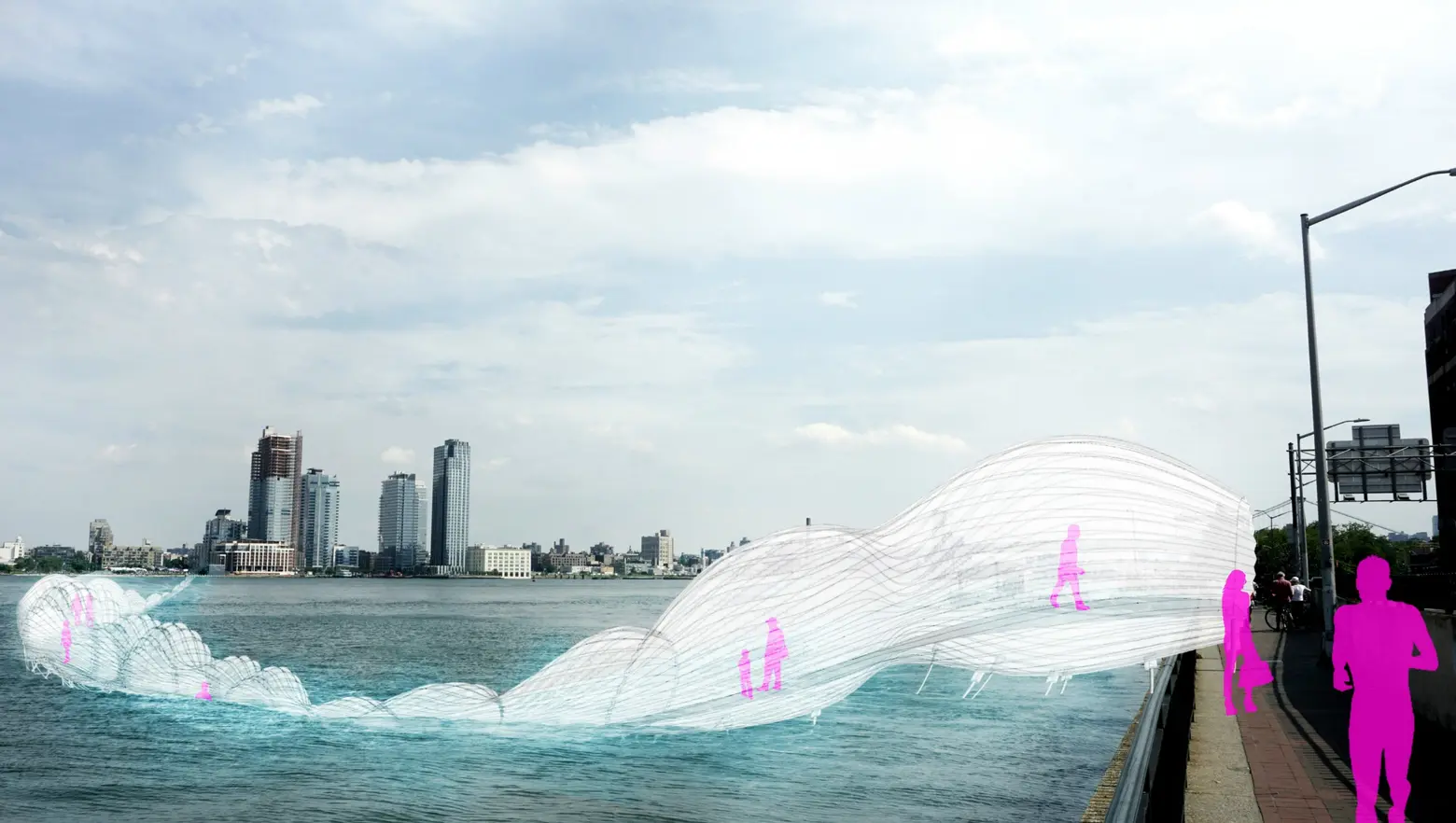
Among the proposals gaining steam to mitigate the imminent L train shutdown are the East River Skyway, an aerial gondola system that would run along the Brooklyn waterfront and into Manhattan, and a car-free 14th Street. But the Van Alen Institute wanted to open the brainstorming to the wider public. As part of their “L Train Shutdown Charrette,” this past Sunday, six interdisciplinary design teams who were selected as finalists presented their creative and fanciful proposals, including everything from a floating inflatable tunnel to an all-access transportation pass called Lemonade Line. The winning design “Transient Transit – Revitalizing Industrial Infrastructure” comes from Kohn Pedersen Fox and Happold Engineering, who propose utilizing Newtown Creek for a water shuttle and the LIRR freight tracks for passenger service.
In addition to a vote from the audience, proposals were judged on the following: accessibility, potential for economic development, financial feasibility, socioeconomic equity, disaster preparedness, and inventiveness.
Winning Proposal: Transient Transit ↓
For the winning proposal, KPF architect Dillon Pranger worked with mechanical engineer Youngjin Yi of Buro Happold Engineering. Their idea centered around adapting existing but underused industrial infrastructure in North Brooklyn. They chose Newtown Creek for the site of their “vaporetto-style, low-capacity and high-frequency water shuttles” for its proximity to the L train-dependent neighborhoods of Greenpoint and Williamsburg. The shuttles would operate between Dekalb Avenue, the North Williamsburg Ferry Pier, and Manhattan. The second part of the proposal utilizes the LIRR freight tracks between Fresh Pond Junction and the Bushwick Branch, which run parallel to the L train in East Brooklyn. It runs north to the terminus of Newtown Creek, a natural transfer point.
Finalist: Light at the End of the Tunnel ↓
The most out-there of all the proposals comes from engineering company AECOM. Landscape architects Gonzalo Cruz and Garrett Avery, engineer Xiaofei Shen, and landscape architecture intern Rayana Hossain created “Light at the End of the Tunnel,” a temporary, 2,400-foot transporter tunnel between Brooklyn and Manhattan for pedestrians and bikers. The covered, translucent tunnel was conceived using technology developed by NASA and could either be underwater or floating and partially submerged. On land, “a fast cart people-mover commuter system” would serve commuters along 14th Street in Manhattan and North 7th Street in Brooklyn, connecting to the L Transporter entrances at the river. The team says it could be prefabricated offsite within six months.
Finalist: Lemonade ↓
“Lemonade” comes from Jaime Daroca of Columbia University C-Lab; Nicolas Lee of Hollwich Kushner; Daniela Leon of Harvard GSD; and John Tubles of Pei Cobb Freed Architects. Lemonade Line (LL) is “a multimodal transportation strategy that provides an all-access pass to seamlessly linked buses, bikes, car-shares, and ferry lines following the L line above ground.” It would work in the form of an app that uses real-time data and would curate routes based on activities and events.
Other Finalists and Honorable Mentions ↓
The other finalists, the first two of which were the honorable mentions, were:
- “No One Thing” by Thaddeus Pawlowski, Senior Urban Designer for the Department of City Planning; Zac Frank, Product Director at Vanity Fair; and Dani Simons, Director of Communications and External Affairs at Citi Bike. This submission is a combination of six “technological, policy, and design interventions” that would be cost-effective to implement.
- “I <3 the L” by Nadine Rachid and Darcy Bender, recent graduates from the New School’s Design & Urban Ecologies program, and Dimitra Kourrisova, an urban theorist, and architect. This team outlined a planning process for community engagement with the MTA.
- “Infraflex” by Greg Reaves, principal at Moshe Safdie Architects; architect Steven Haardt of Haardt Studio; Petra Kempf, an architect and urban designer at Urbantransits.Net; and Ziyan Zeng, a planner and programer at Urbantransits.Net. Pictured above, this proposal is for a mobile app that “connects existing and proposed modes of transportation with current data-collection technology.” It also gives users points based on how environmentally friendly their choices are.
RELATED:
Interested in similar content?
Leave a reply
Your email address will not be published.
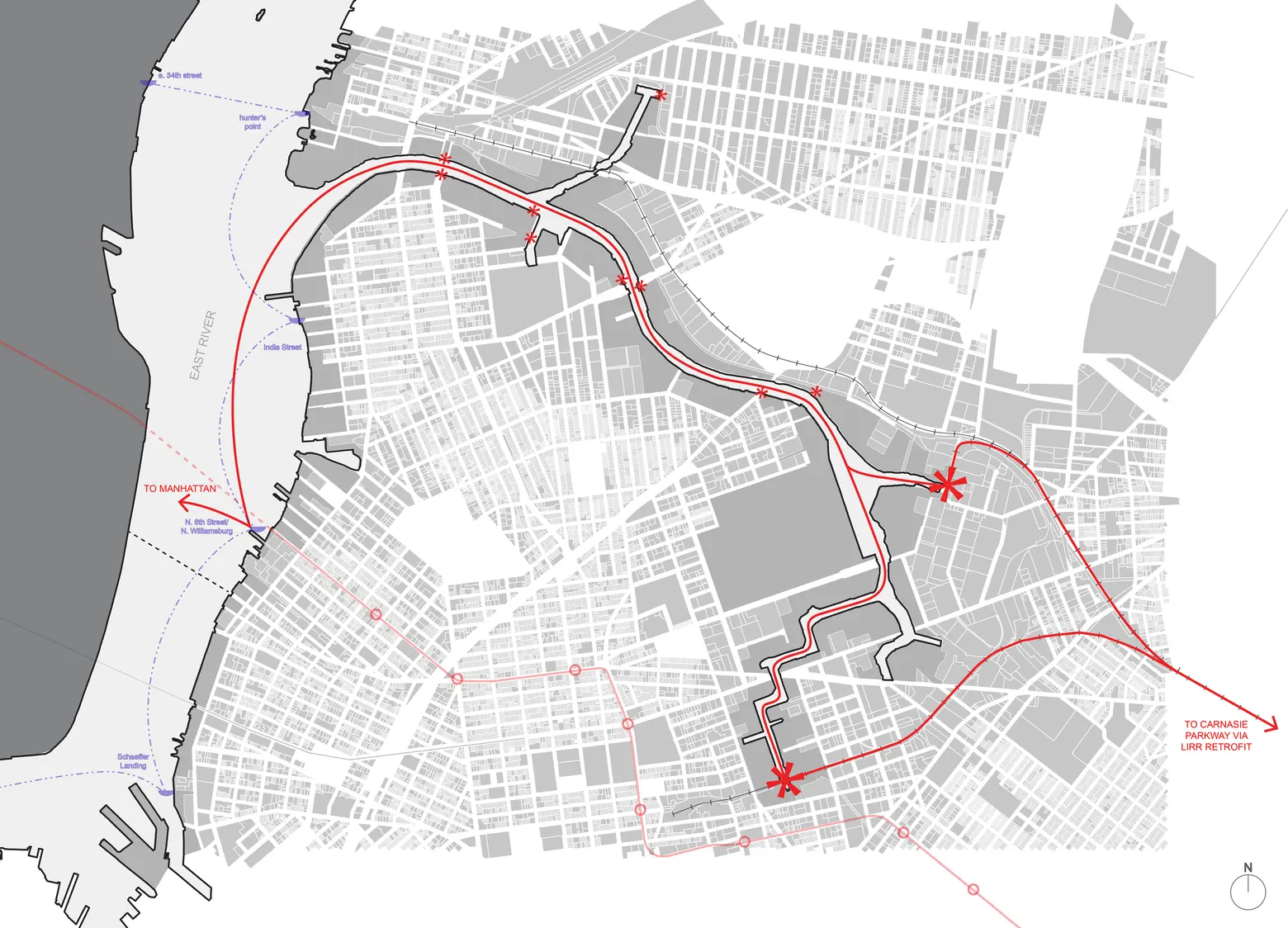
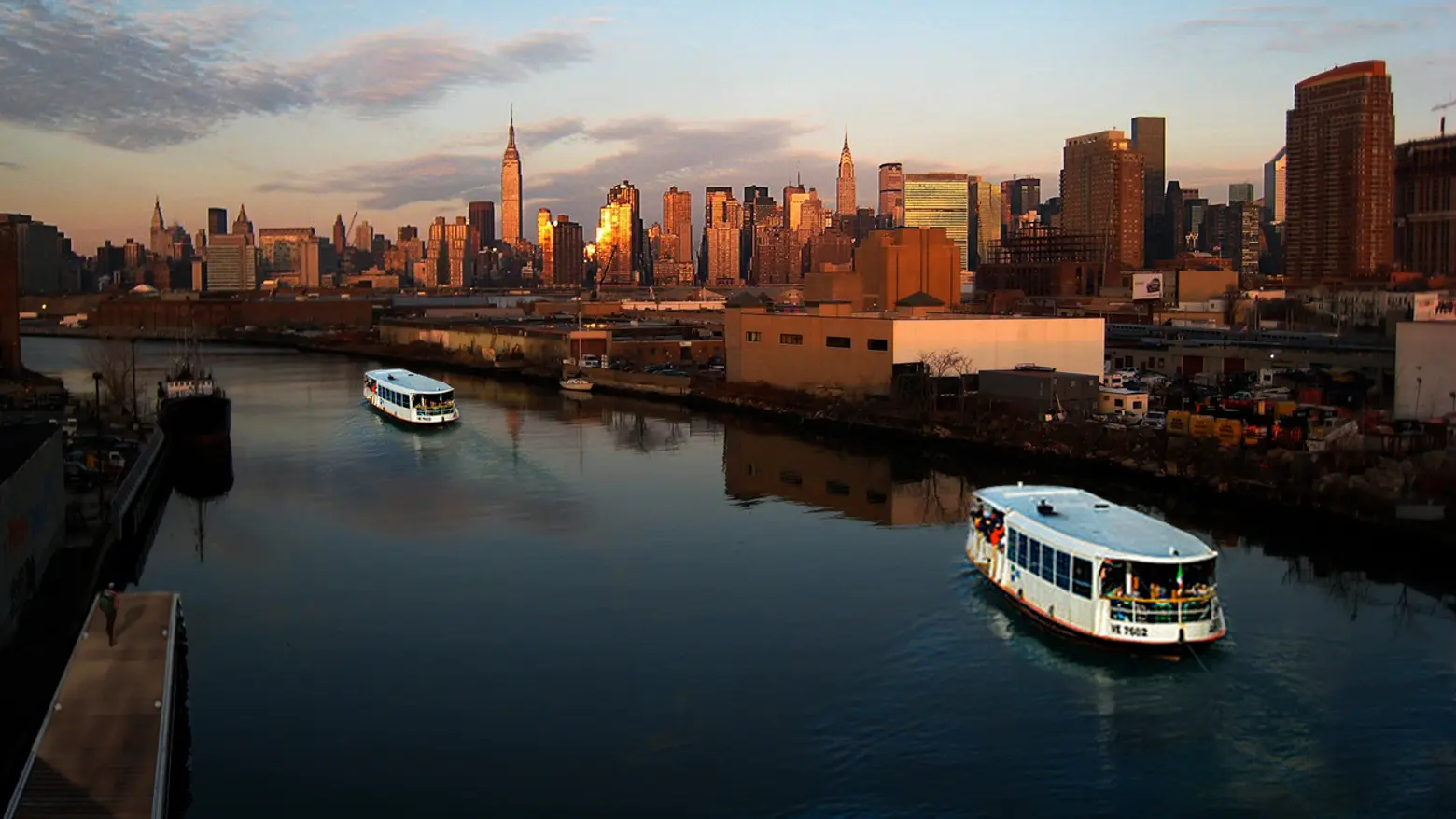
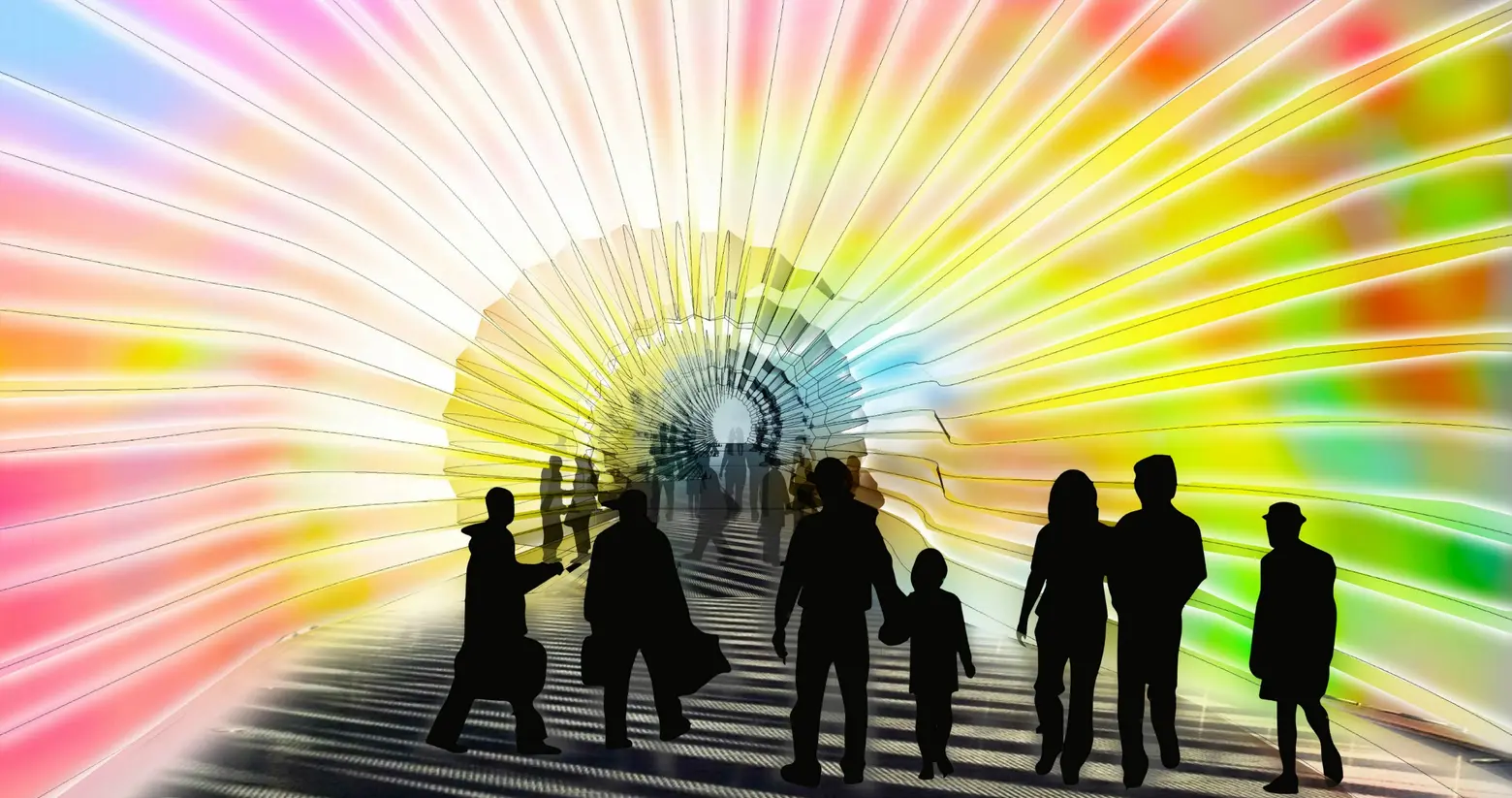
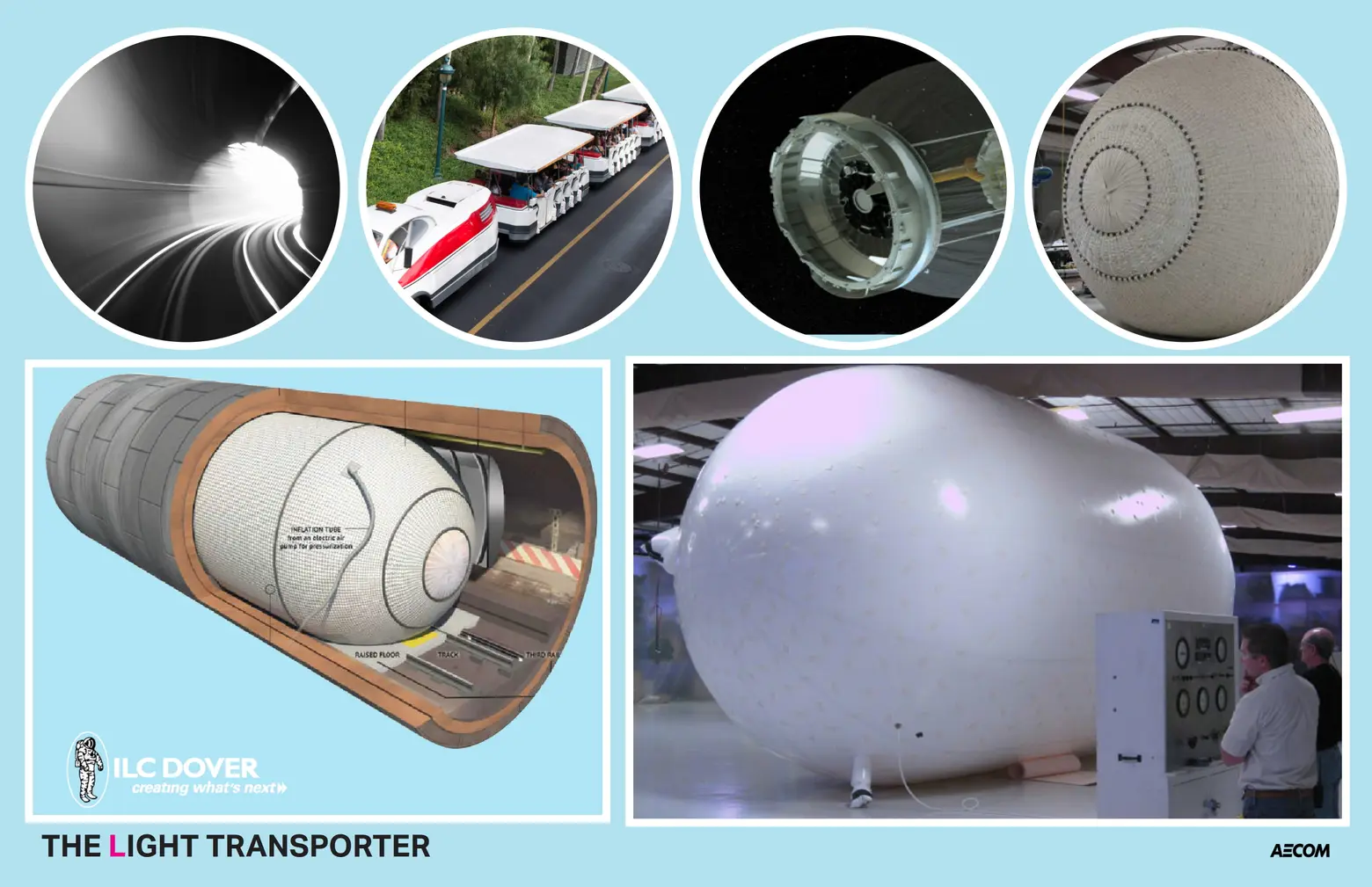
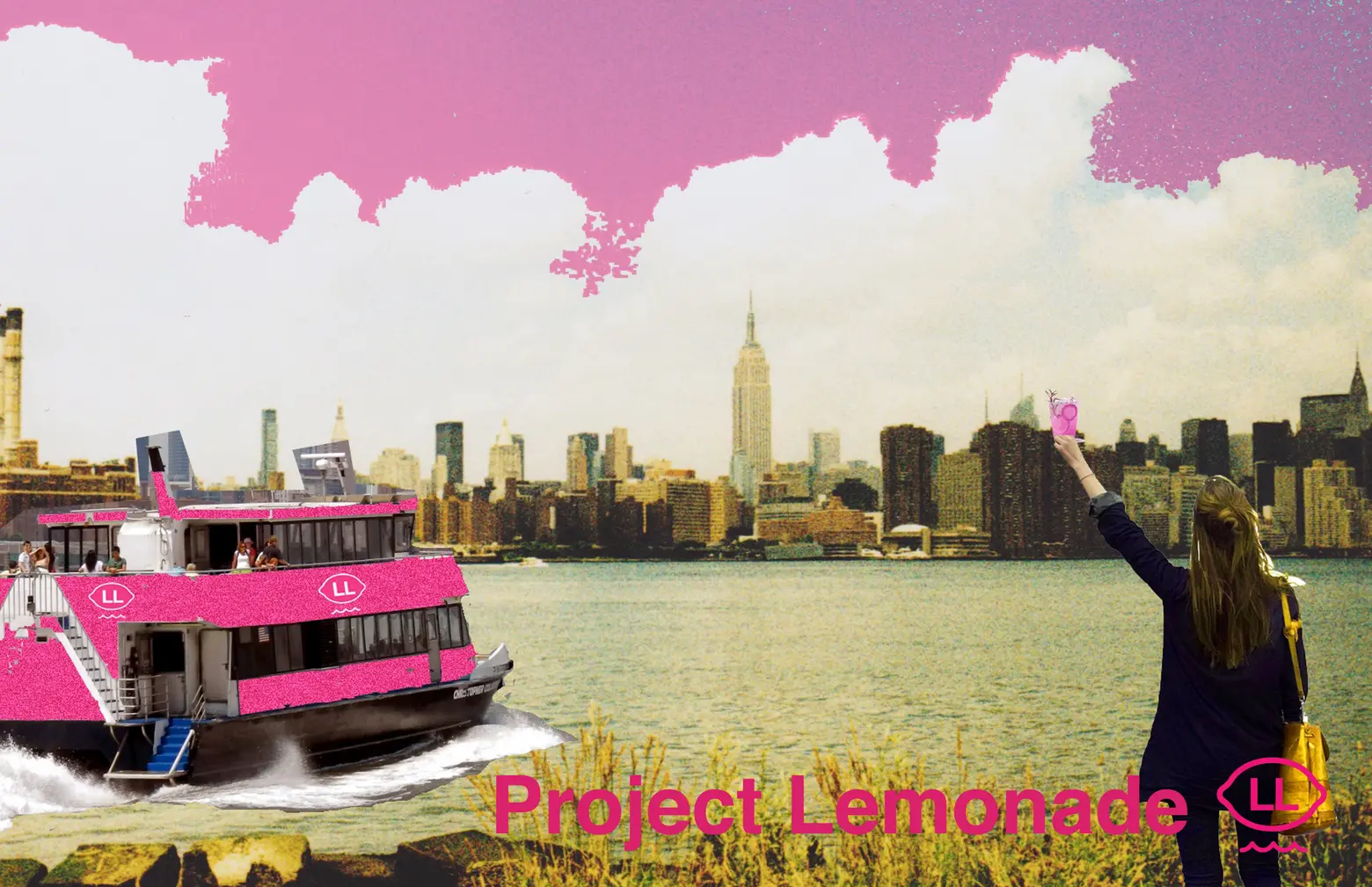
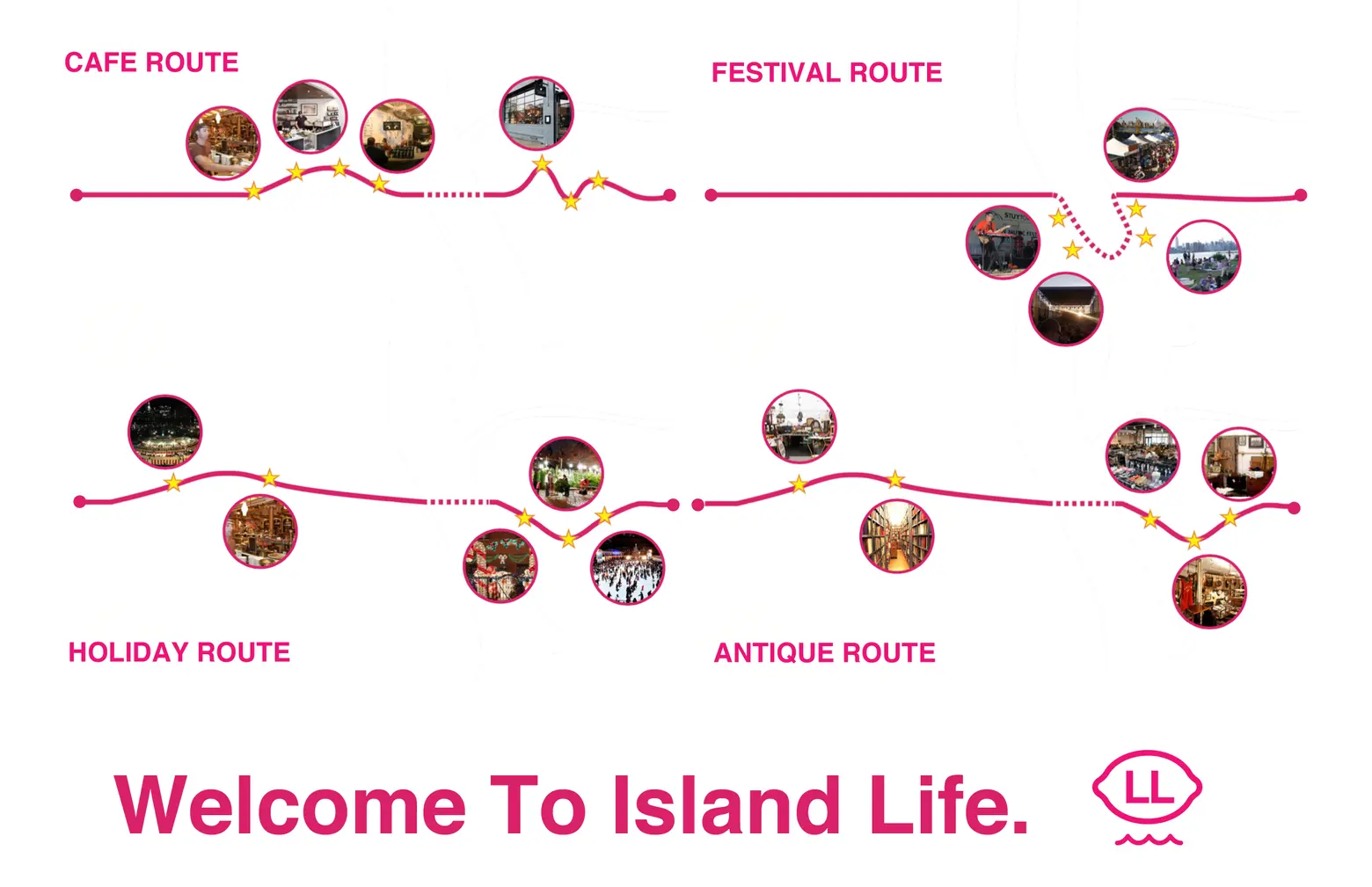
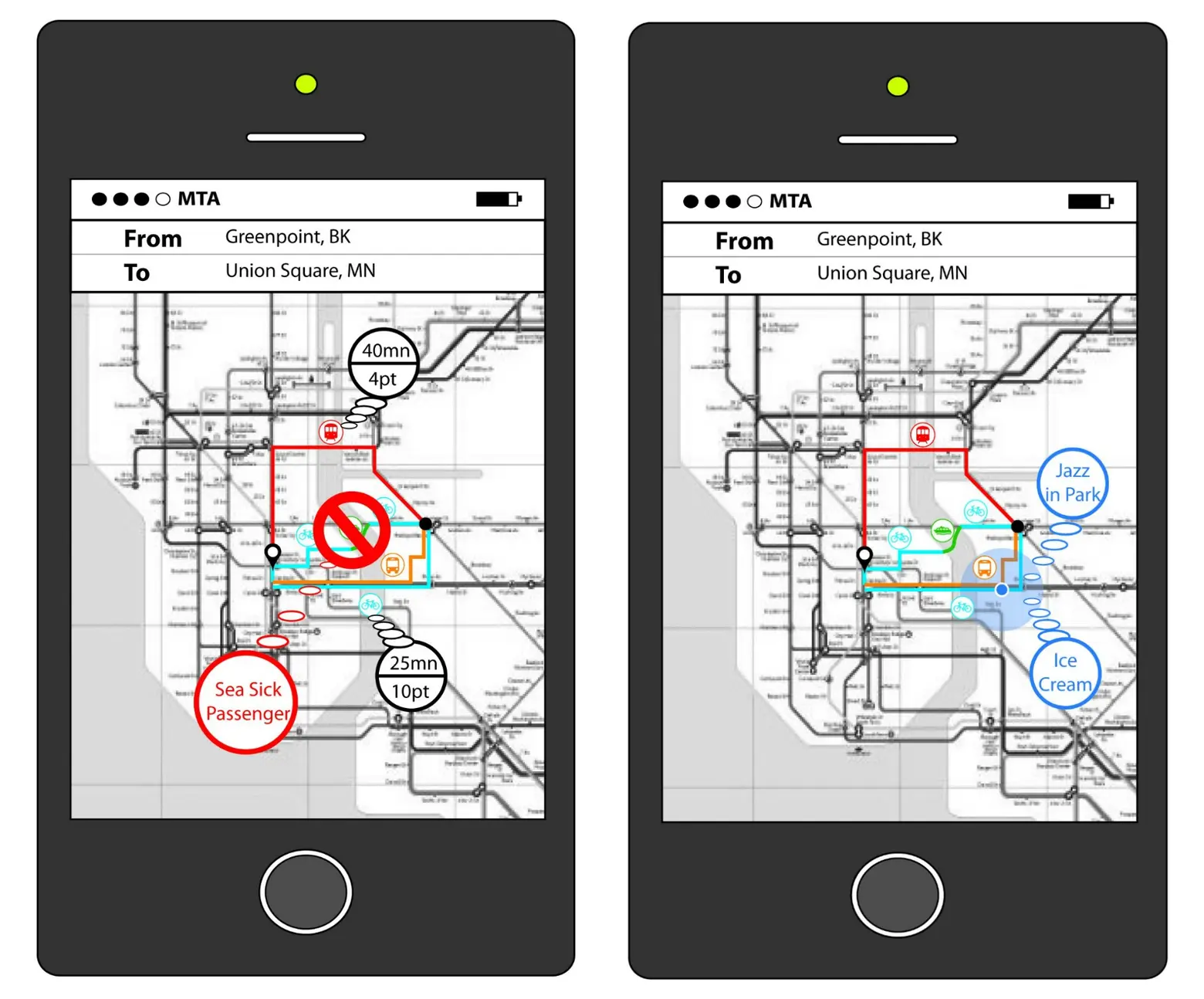
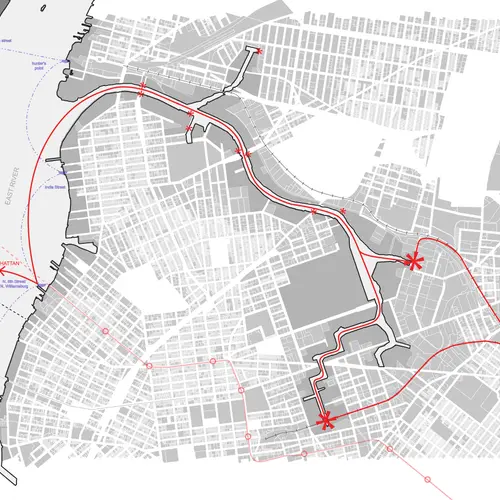
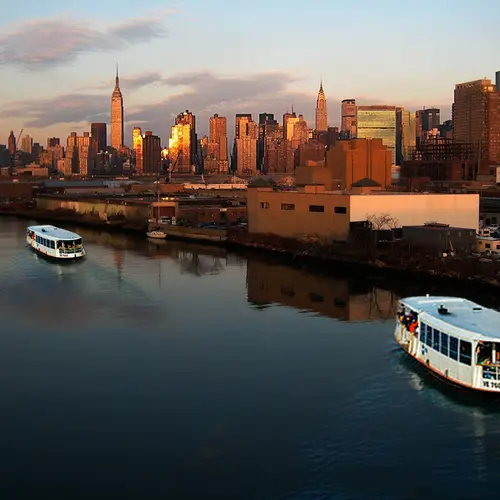
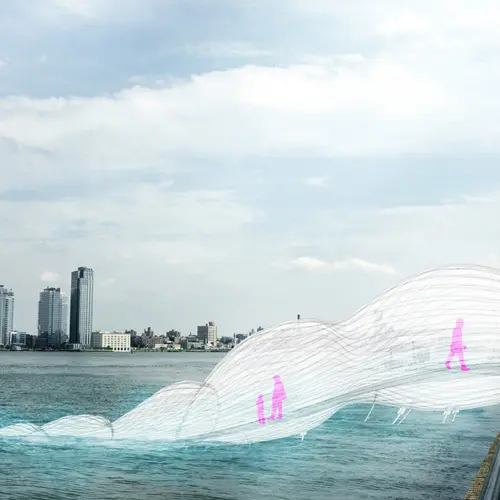
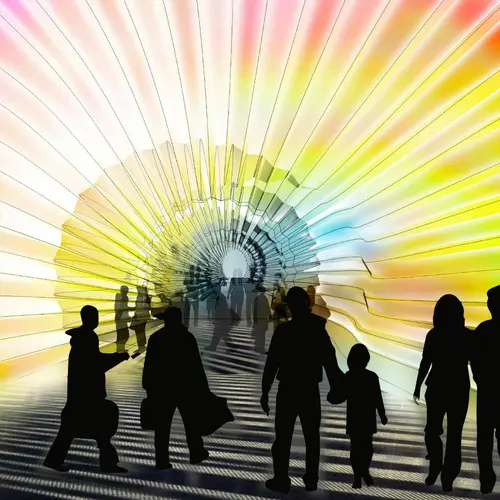
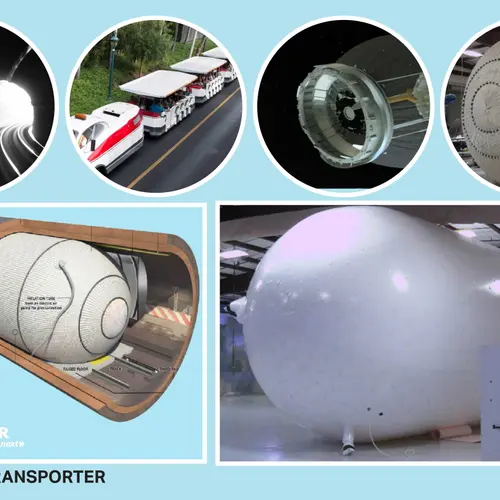
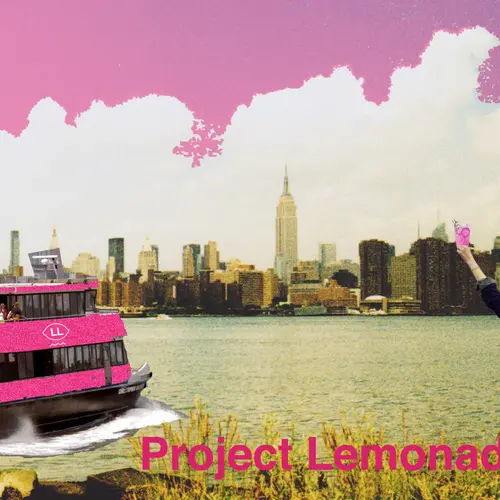
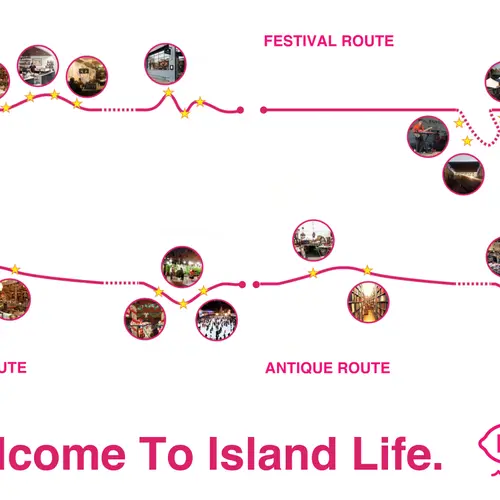
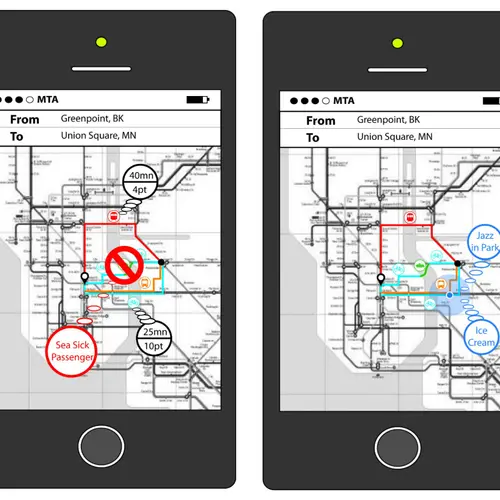


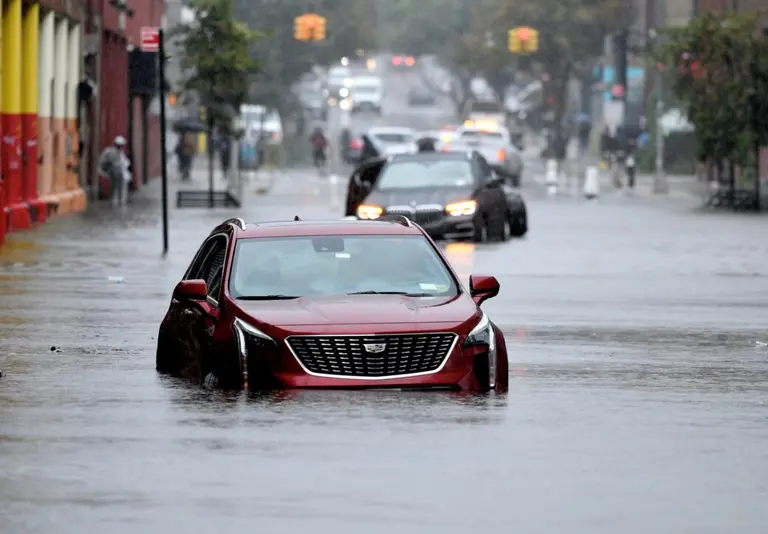


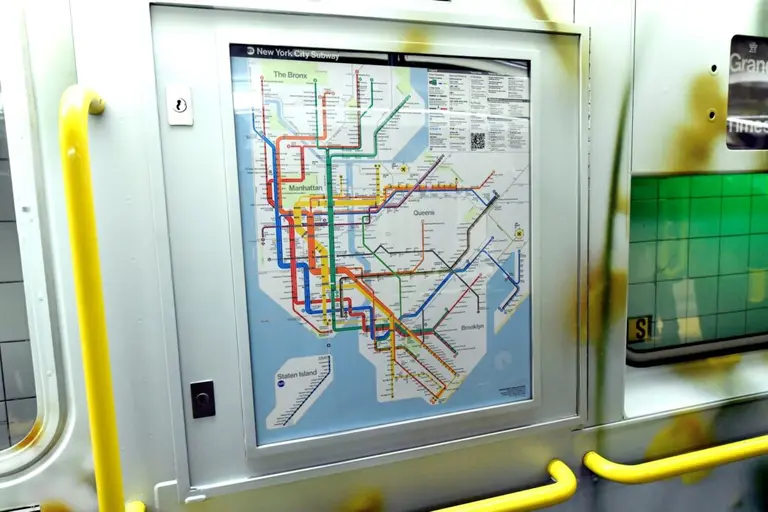























The inflatable tunnel looks like a terrrorist’s dream. A slingshot can take it out.
Interesting distractions to what will certainly be a nightmare for commuters. How it will affect commerce and property values is yet to be imagined.